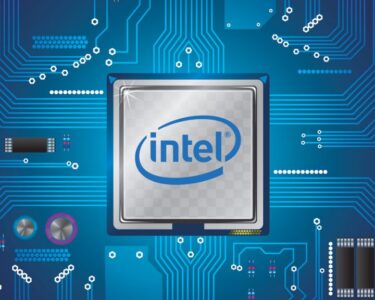The upcoming iPhone models, anticipated to be unveiled in their customary September release cycle, are rumored to potentially introduce a groundbreaking feature previously unseen in any iPhone iteration: a universal charging port.
These forthcoming iPhone models could potentially feature a USB Type-C charger port located at the bottom of the device, as per insights from analysts and media reports. This USB-C port is the same type of charging interface that has become standard across a wide spectrum of devices, including laptops, Android smartphones, iPads, Kindles, headphones, drones, and even heated blankets.
The significant departure from Apple’s traditional approach involves replacing the proprietary Lightning port, which has adorned the bottom of every iPhone since 2012, with this versatile USB-C connector. This potential shift could herald one of the most noteworthy advancements in iPhones from a consumer standpoint in years.
A notable advantage stemming from this change would be the elimination of the need for users to carry two separate cables when traveling—one for their iPhone and another for other gadgets. Furthermore, Android users would be able to borrow chargers from iPhone owners, and vice versa. Schools and businesses could also streamline their operations by adopting a single charger type for all their devices. Moreover, the adoption of USB-C might facilitate quicker charging speeds for iPhones.
While Apple has yet to officially confirm the inclusion of USB-C charging ports in its new iPhones and hasn’t responded to inquiries for comments on the matter, signs point toward this transformation becoming a reality.
This transformation is partially spurred by a regulatory mandate issued by the European Union, stipulating that new smartphones must feature USB-C ports by 2024. Given that creating a smartphone exclusively for the European market would be impractical, Apple finds itself compelled to adhere to this directive. Greg Joswiak, Apple’s Chief Marketer, acknowledged this regulatory requirement, emphasizing the company’s commitment to compliance.
The driving force behind such regulatory changes lies in the advantages they offer to consumers, notably the reduced dependence on a single manufacturer and the corresponding benefits of interoperability. The European Union estimates potential savings of 250 million euros annually for consumers due to reduced need for chargers. Furthermore, these regulations aim to address the environmental impact, with outdated chargers contributing to substantial electronic waste.
While Apple expressed reservations about these regulations, citing potential hindrance to charging innovation, premature device obsolescence, and consumer confusion, the shift seems inevitable.
Historically, whenever Apple introduces changes to its device ports, critics tend to speculate about profit motives, often accusing the company of driving accessory sales. A pertinent example is the addition of USB-C ports to MacBook laptops in 2015, which sparked discussions about the array of dongles required to connect older accessories.
Similarly, the removal of the headphone jack from iPhones in 2016 stirred debates about whether Apple was pushing users toward its more expensive wireless AirPods. Despite these accusations, Apple’s core strategy revolves around ensuring seamless compatibility among its products to maintain customer loyalty and drive iPhone sales, rather than focusing solely on accessory revenue.
Sales from cables fall under Apple’s Wearables, Home, and Accessories product line, contributing $41 billion in revenue in 2022. However, this pales in comparison to the $205 billion generated from iPhone sales during the same period.
The transition from Lightning to USB-C is not without challenges. Unlike the Lightning port, which required official approval through Apple’s program for accessory manufacturers, USB-C adheres to a published standard accessible to anyone. Consequently, not all USB-C cables are equal, with variations in data transfer capabilities and features such as Thunderbolt support. Apple will likely inform users of suitable cables through software alerts, its retail channels, and the MFi program.
Though this port alteration brings versatility, it also introduces potential complexities. Apple’s support documentation for USB-C charging issues currently advises users to test with official cables and power adapters.
In the larger scheme of things, the inclusion of USB-C ports on iPhones marks a significant step forward, promoting compatibility across various devices, despite Apple’s potential misgivings. While the company might prefer a standard charging brick while maintaining device-specific cables, this move aligns with industry trends and user expectations.
Although the transition won’t revolutionize the landscape overnight, with Apple still maintaining proprietary standards like MagSafe and the Apple Watch magnetic charger, the introduction of USB-C signifies a positive stride for iPhone users. Apple’s future plans might entail removing ports entirely from iPhones, but until then, users with diverse Apple products will continue to require multiple cables.
the potential shift from Apple’s Lightning port to a universal USB-C charging port in upcoming iPhone models signals a significant advancement. While regulatory changes play a role, the benefits of enhanced compatibility and reduced waste align with evolving consumer needs. Although challenges exist, the move underscores Apple’s commitment to user convenience and seamless integration, marking a promising direction for future iPhone iterations.





